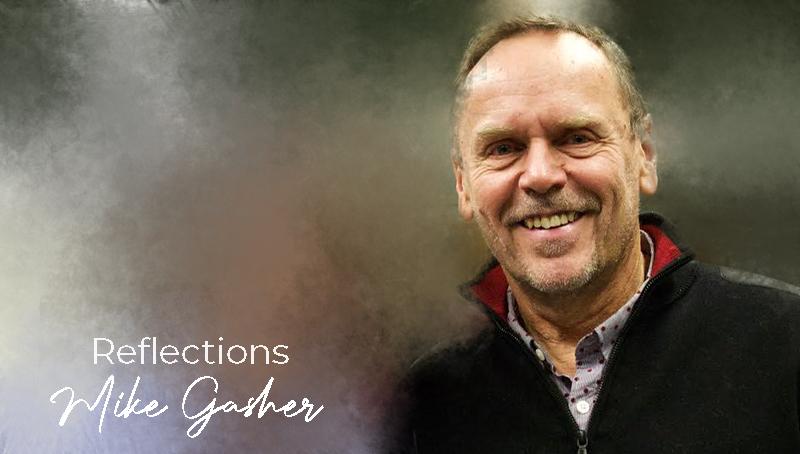Thanks in part to high-definition television, I often find myself paying as much attention to the background as to the foreground when I’m watching sporting events and newscasts.
Baseball, for instance, provides a compelling study of human behaviour if you watch the folks lucky enough – rich enough? – to have seats behind home plate. Most are paying attention, certainly. But then there are the conversationalists; their heads are turned sideways talking to their neighbour, ignoring what’s happening on the field. They’re waiting, I suppose, for a sudden crowd noise to draw their attention back to the action. Or maybe they’re content watching the replay of anything interesting on the stadium’s giant screen.
Related to these folks, of course, are the ones with their heads down looking at their phones – or maybe a mustard stain on their pants? They’ve paid top dollar for the best seats in the house, but the game in front of them clearly doesn’t measure up to the Tik Tok videos they’re engrossed in.
Speaking of phones, I get a kick out of those who, at a particularly dramatic moment in the game, decide to video the action themselves, as if their videos will be of far better quality than the professionally shot clips that will appear all over the internet in the next few minutes. A way of asserting ‘I was there,’ I suppose. Abe Zapruder they ain’t.
Then there are my favourites, the people who crave to be seen, who will stand up and wave whenever they think the camera is on them. The Italian writer and theorist Umberto Eco mocks these folks as “people who wave ciao ciao.” It prompts me to wonder what’s missing in their lives that they need some sort of media validation. Another iteration of ‘I was there?’ As if they needed to provide proof for friends and family.
When I watch basketball games, I check out, with some measure of envy, who’s sitting courtside. There are a few attention-seeking celebrities, of course, but who are these other people and how did they get the best seats in the house? Watching a Raptors game recently, one man sitting courtside was on camera quite frequently — and always looking down at his phone. The mischievous side of me was hoping a wayward pass might snap him out of his inattention.
Crowd shots at football games intrigue me. Clearly, the testosterone levels are high when the fans – almost always men – strike aggressive, macho poses and get all pompous when their team scores, as if they had something to do with it. And what’s with the guys with no shirts on when the temperature dips below zero?
It’s not just people I look for. When I watch professional golf tournaments, I’m amazed that every golf course has dozens of spectacular mansions lining its fairways. Who are the people who own these homes? I suppose that with close to eight billion people on earth, the one per cent comprise a sizable number.
In these days of news reporters conducting many of their interviews via Zoom, it’s interesting to see how carefully – or not – both the reporters and their interview subjects have arranged the scene behind them. It used to be that a TV interview with a university professor would feature a background comprising a bookshelf full of academic tomes – every time. As if to provide visual evidence that Professor So-and-So has actually studied the topic and knows what they’re talking about. They may even have written one or two of the books. A visual cliché if ever there was one. I always try to read some of the titles to see whether they’ve mischievously inserted an irrelevant title – something like Lolita or Tropic of Capricorn – as their sly way of subverting the semiotic exercise.
Today, though, it’s just as likely the prof is being interviewed at home, and controls the background themself, careful to show the viewer that they’re not just scholars, but spouses, parents, weekend sailors, guitar players, watercolour painters.
Back when I was a prof, I was once interviewed in the parking lot of a big West Island grocery store. The TV reporter was on a tight deadline, while I happened to be working at home that day and taking time out to do some grocery shopping. It was the only time and place we could meet. I couldn’t get over the comments circulating on social media, though: “What’s Gasher doing in a grocery store parking lot?” As if university profs didn’t eat too.
It’s a sign of our times, I suppose, this mediated visibility. Even if it leaves you subject to ridicule.


